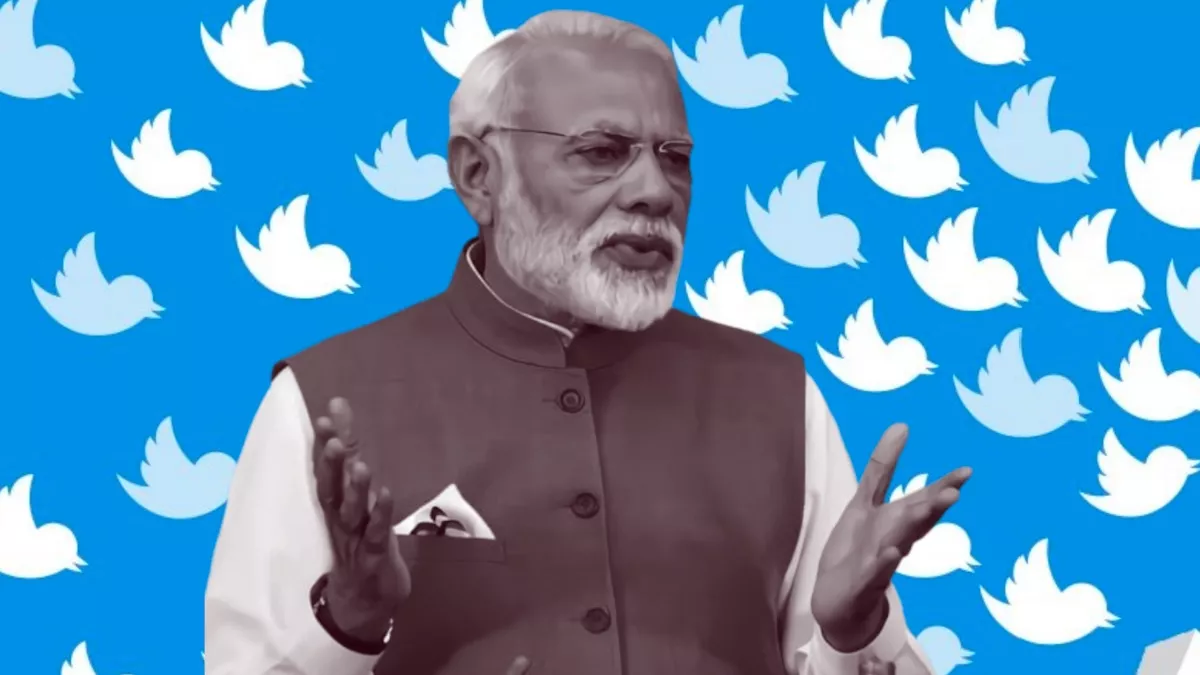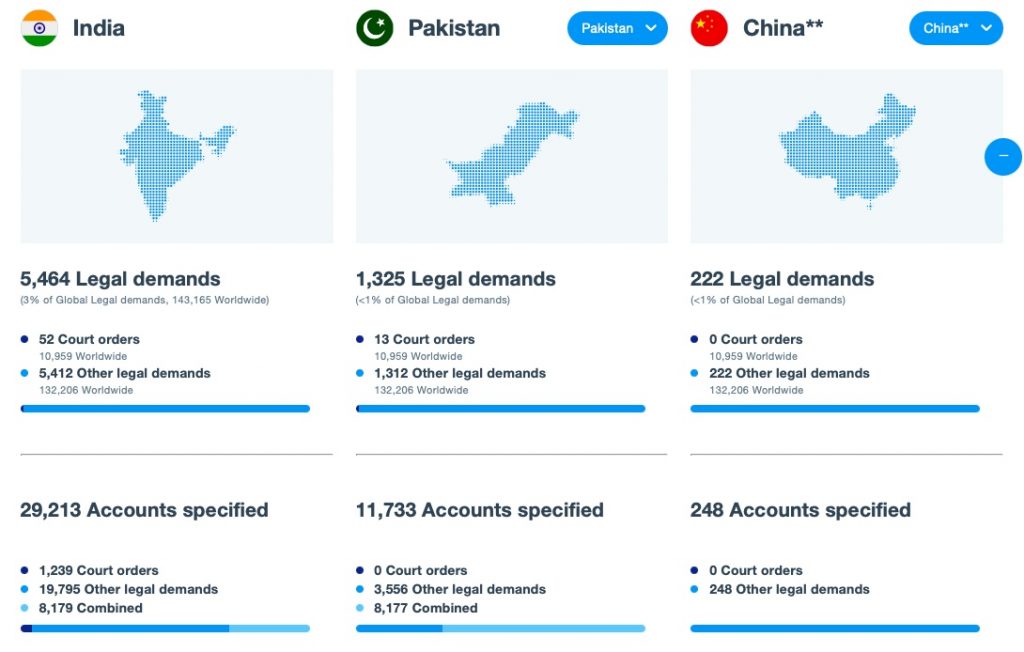
The Government of India and Twitter spat is the latest development in the Indian social media scenario. While you’ll see trends like Koo vs. Twitter, Sandes vs. WhatsApp, and whatnot, this one is particularly interesting.
Why? Because this time the Indian government is thinking of ‘amending’ the IT act to make Twitter comply with its demands. So what happened between the government of India and Twitter, and why is it a big deal? Let’s go over it step-by-step.
What Happened Between Government Of India And Twitter?
The Ministry of Electronics and Information Technology (MeitY) sent several blocking orders to Twitter. These orders asked Twitter to block accounts and trends about the ongoing farmer protests in India. The government’s blocking orders are also told to contain names allegedly affiliated with fringe elements. However, there were accounts in the list that belonged to activists, journalists, and publications as well. The company immediately acted on two of the emergency blocking orders, removing content from the platform.
However, Twitter slowly restored access to some of the banned accounts in a way it believes to be “consistent with Indian law.” When the MeitY was informed about the restoration of content, it sent a non-compliance notice to Twitter.
Also Read:
In short, the government of India vs Twitter is about the government asking Twitter to ban some accounts. The company did as asked, partially, and that’s what triggered the Indian government to threaten Twitter India’s executives with arrests.
Twitter Clarification On Twitter Vs India
Twitter vs. India, or at least that’s what some of the trending tweets were saying yesterday. Fantasy aside, the reality is that it is more of a standoff between Twitter and India’s Government. It is so because the government’s blocking order has names of journalists, activists, and politicians.
In a blog post, Twitter says that it believes blocking these accounts would “violate their fundamental right to free expression under Indian law.” Following this blog, the MeitY tweeted that it was “unusual” of the platform to publish the blog. What’s more notable is the ministry first made a post on Koo and later copied it as the Tweet you’re seeing above.
Why Should You Care?
If you look at the accounts that Twitter restored, most of them belong to established publications and long-term activists. One of the names is Caravan magazine, which has been there since the 1940s and was relaunched in 2010.
In fact, according to the Twitter transparency report, India has made over 5,000 legal demands for content removal from Twitter between January and June 2020. That’s more than double the removal requests made by its neighbors Pakistan (1,325 demands) and China (222 demands) combined.
Further, there have been over 1,200 court orders for such removals from India. That’s why India is among the top 5 countries in the world, asking Twitter to remove or block content. So you should be worried because such escalation is likely to have a negative impact on social media usage and freedom in India.
The post Government of India vs Twitter Explained: That Escalated Quickly! appeared first on Fossbytes.
from Fossbytes https://ift.tt/2LHPQ96
via IFTTT


No comments:
Post a Comment